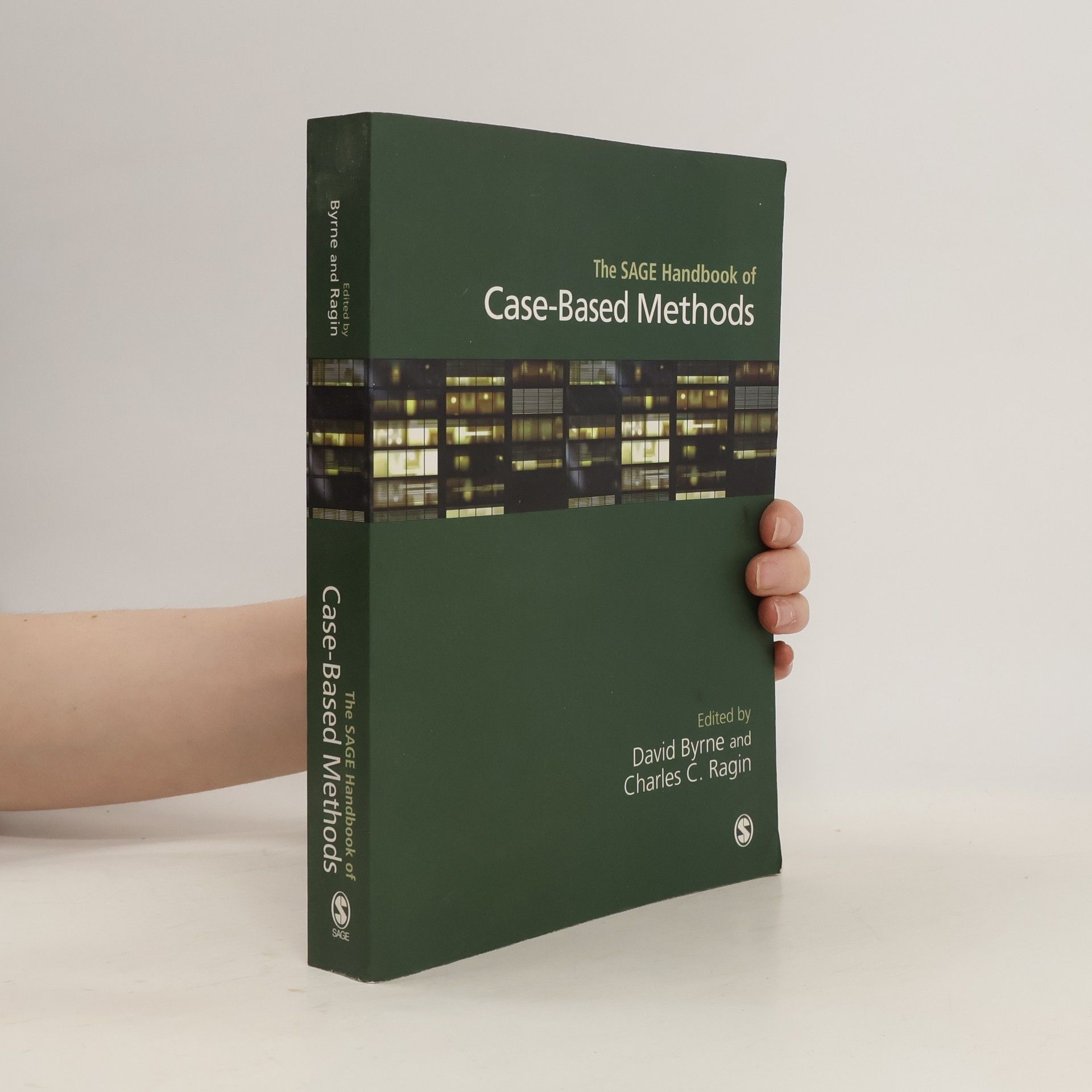The SAGE Handbook of Case-Based Methods
- 560pages
- 20 heures de lecture
Case-based methods have a long history in the social sciences. They are extensively used and raise many practical and theoretical questions. This book provides a comprehensive, critical examination of case-oriented research. It offers concrete proposals about the best research methods and provides an unparalleled guide to the emergence and complexity of the field.

